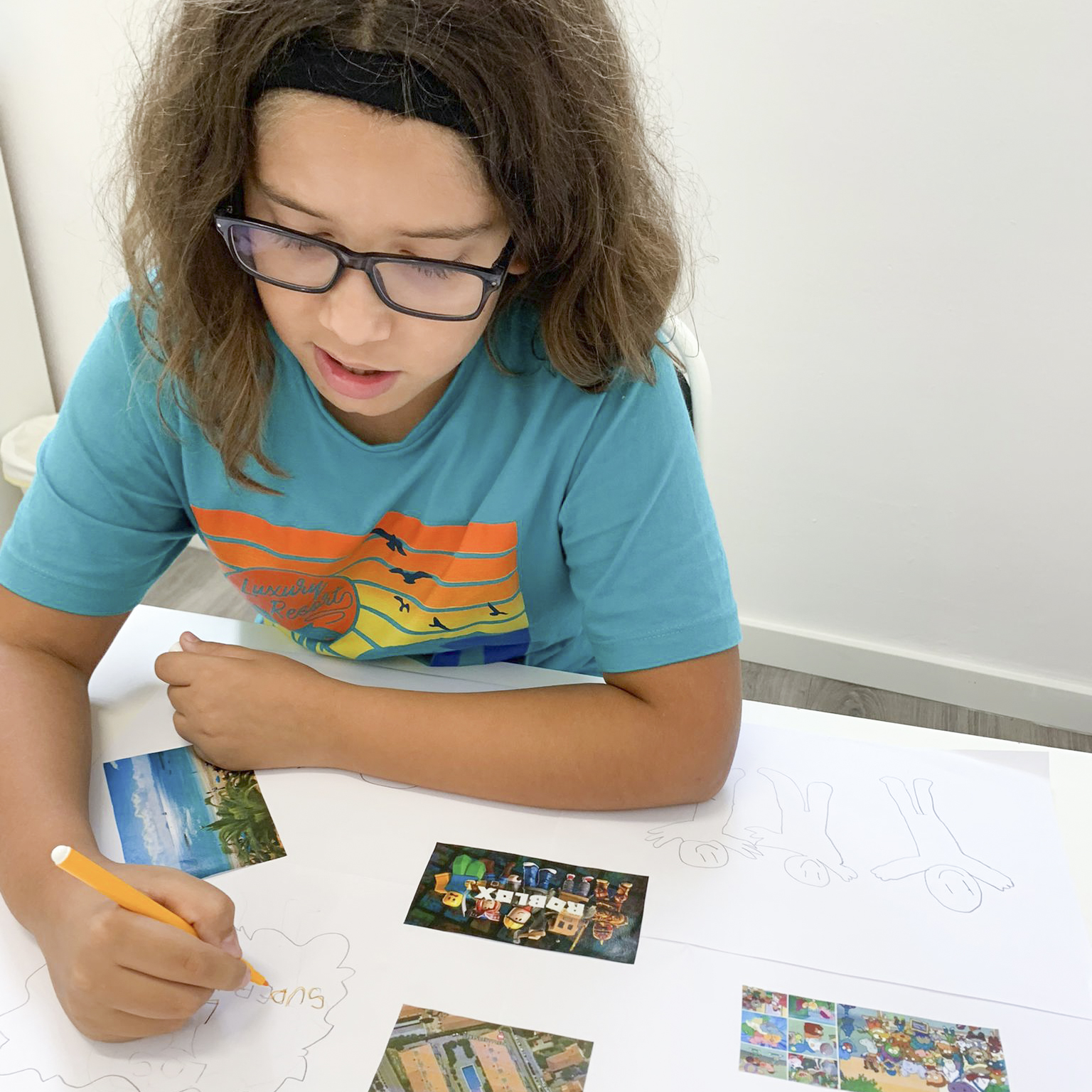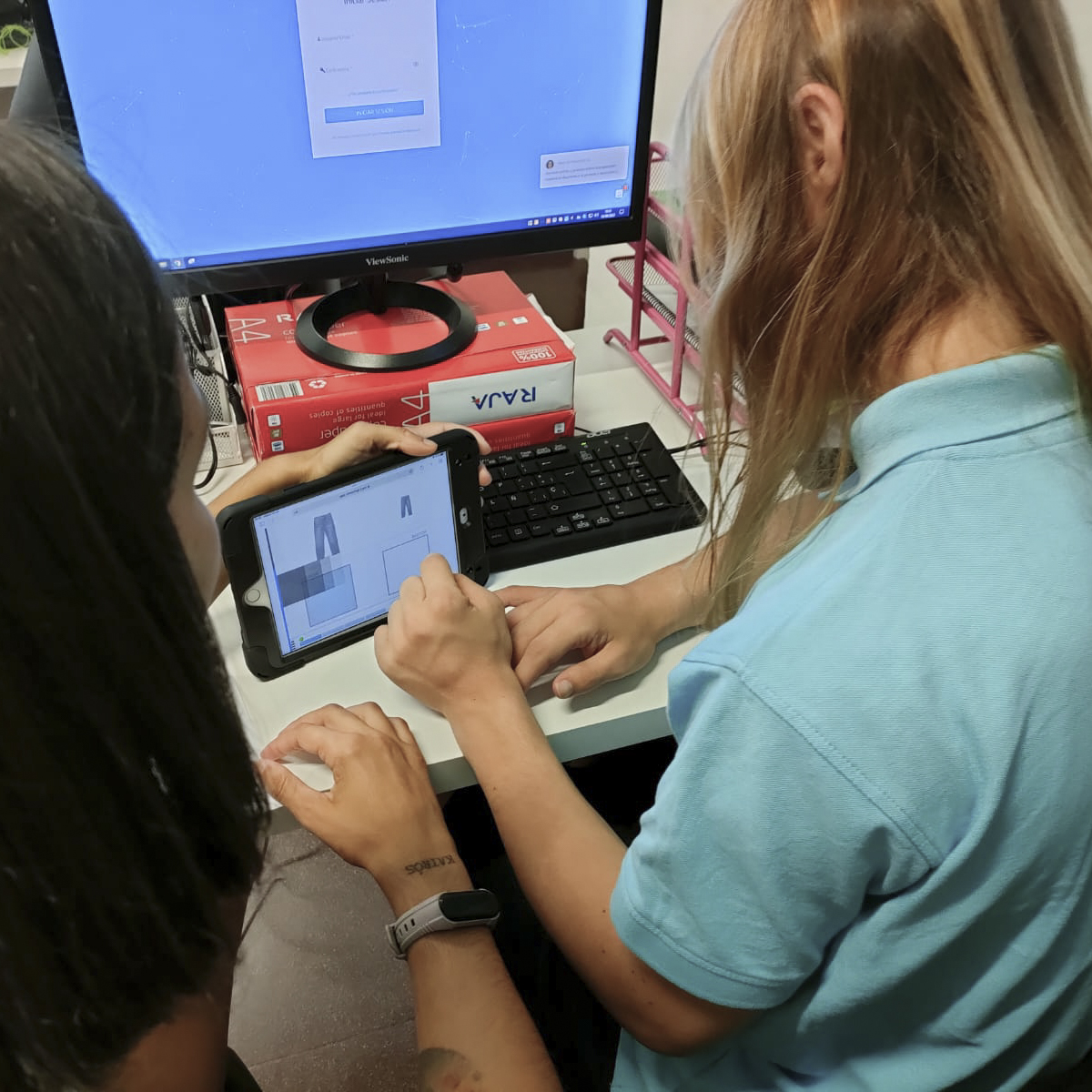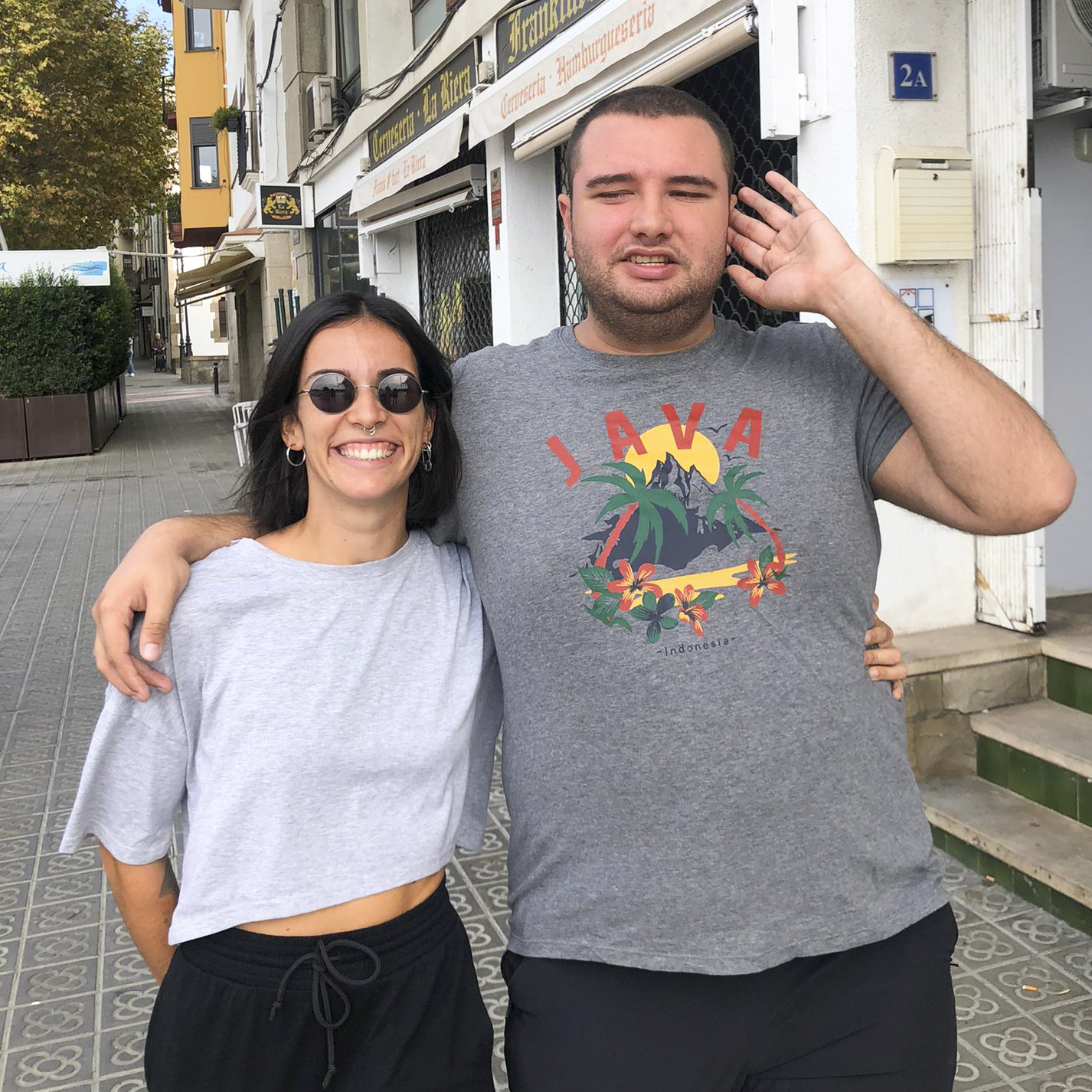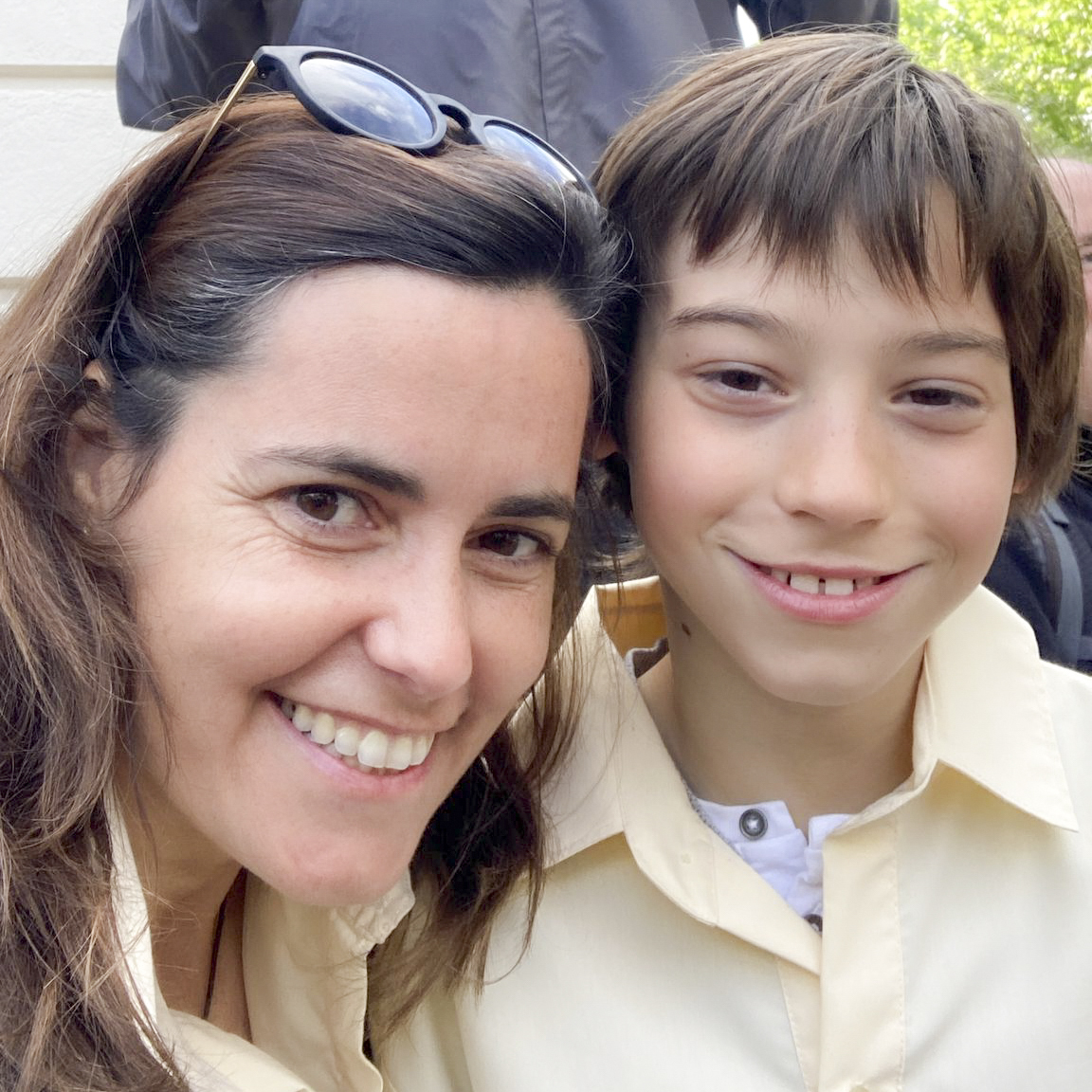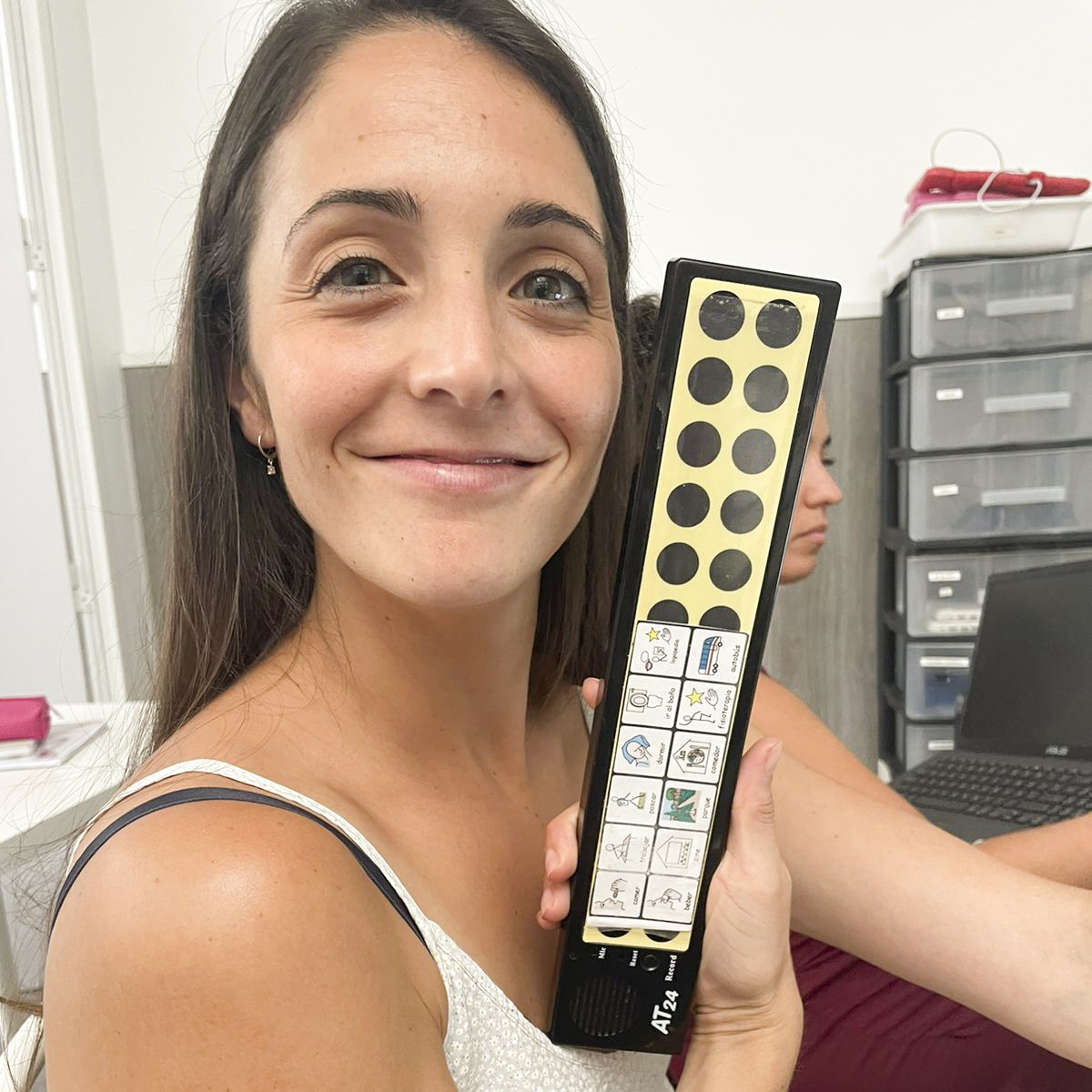Sensory Integration Service
What is sensory integration?
When we talk about sensory integration, we mean the process of registering information, processing it in the neurological field and generating an appropiate response. This sensory processing consists of registering, modulating and correctly discriminating the sensory information we receive from the environment.
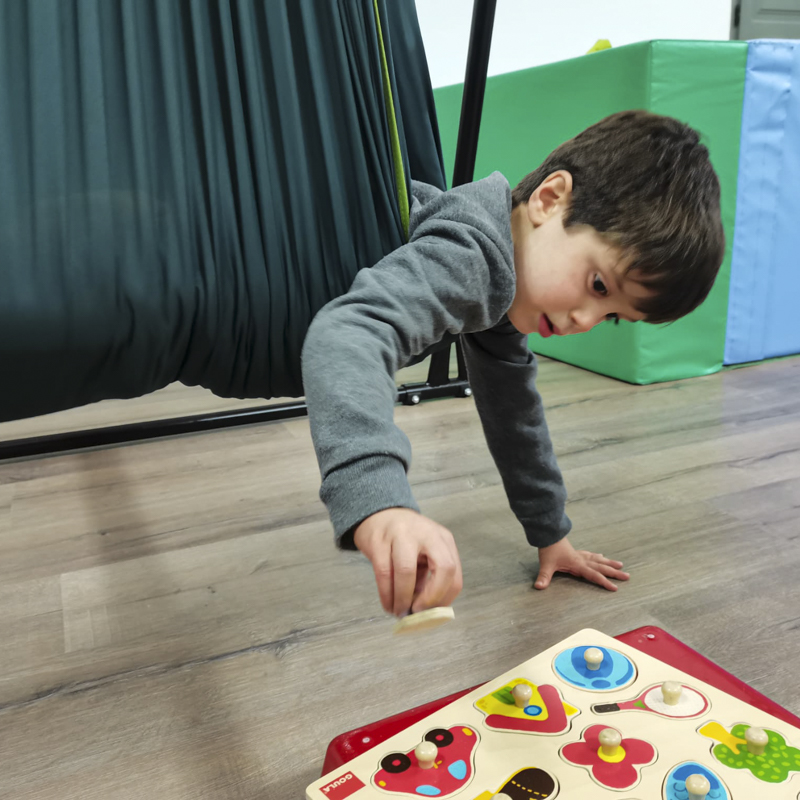
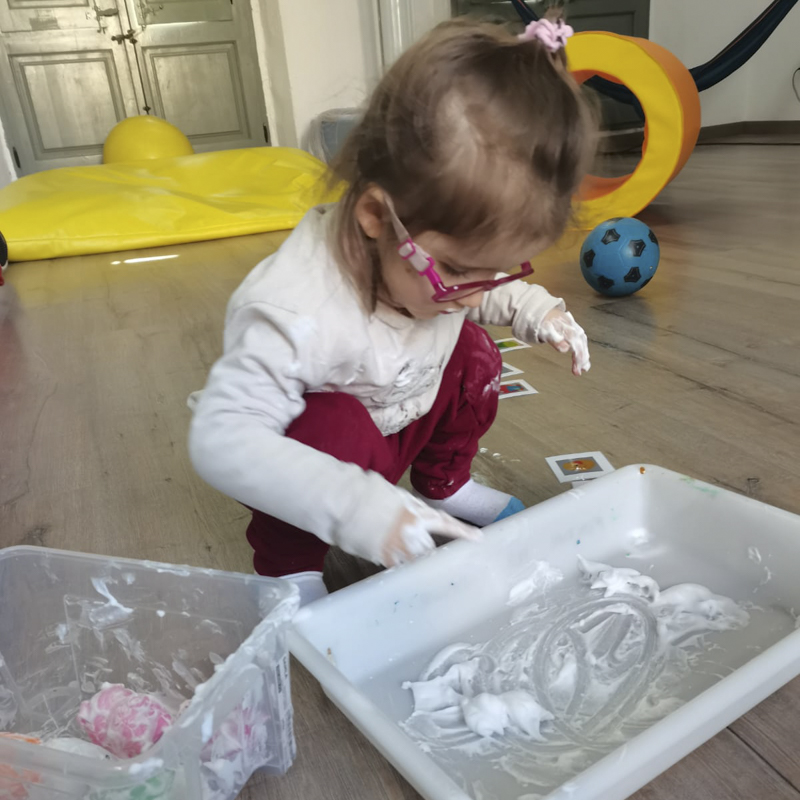
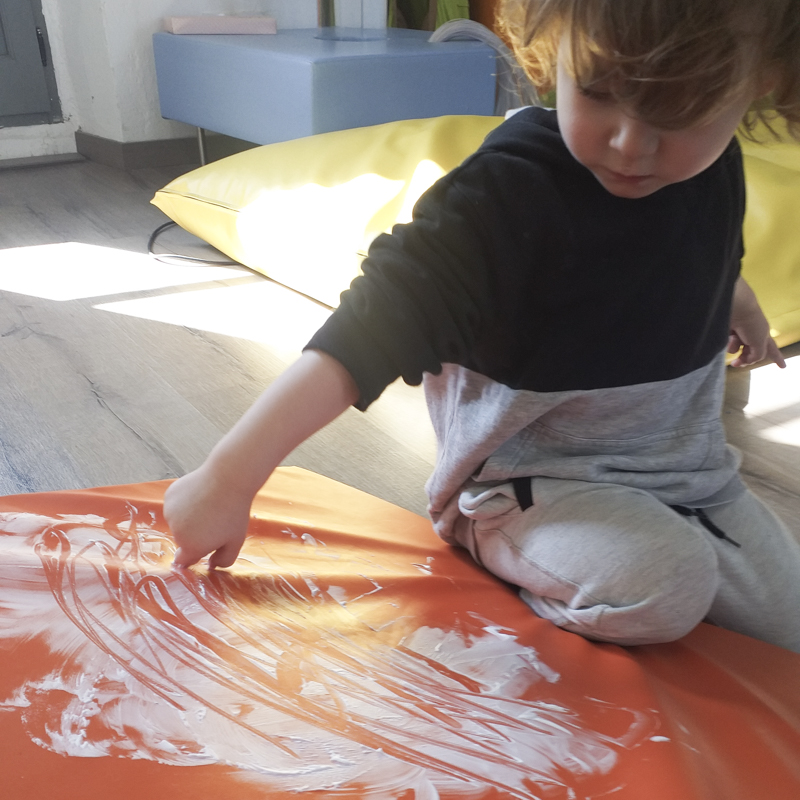
The sensory integration approach considers not only the information we process through the five senses (touch, taste, sight, hearing and smell), but also the proper sensory processing of the three basic sensory systems:
- The vestibular system: the sensory system responsible for processing sensory information related to movement.
- The proprioceptive system: the system that allows us to know the position of our body at all times.
- Interoception, the internal perception of our body, its physiological functions and the ability to detect internal signals and sensations (Paula, 2018), for example, the movement reaction we make when we are bitten by a mosquito, the reaction to move our hand away when we burn ourselves, knowing that I have to go to the toilet to pee, or even understanding the feeling of hunger or fullness.
Signs that may indicate a sensory disorder.
- Sensory modulation disorder
People who have difficulties with these processes generally show hypersensitivity (very sensitive), i.e. they may be overly sensitive to stimuli, or hyposensitivity (they need a large amount of stimulation to respond, or they are constantly seeking sensations).
People who show hypersensitivity do so because they receive too much sensory information and respond beyond what is expected for the activity being performed. The sensory integration literature has used the terms “sensory defence” (Knickerbocker, 1981; Wilbarger and Wilbarger, 1991), “tactile, visual, auditory defence, fear of movement”, a concept known as “gravitational insecurity” (Ayres, 1979). Behavioural problems also appear, they are children, adolescents, fearful adults, who avoid certain situations.
In people who show hyporesponsiveness, the main cause is that they have a limited register of sensations, and here we can observe two types of responses: passive people, due to their limited sensory register, or very active people who make an exaggerated search for sensations.
- Sensory discrimination disorder
This disorder affects praxis and motor control, e.g. people do not measure the force required for the activity they need to perform, do not notice if their face or hands are dirty, do not seem to listen well and frequently ask “what?” etc.
Dr Ayres defined “praxis” as the ability to conceptualise (ideation), plan (planning) and perform unusual motor acts (execution) (Ayres, 1979). Dyspraxia is a sensory-based motor disorder due to poor tactile-proprioceptive discrimination. Therefore, the way we process sensory information directly affects our ability to imagine, plan and execute.
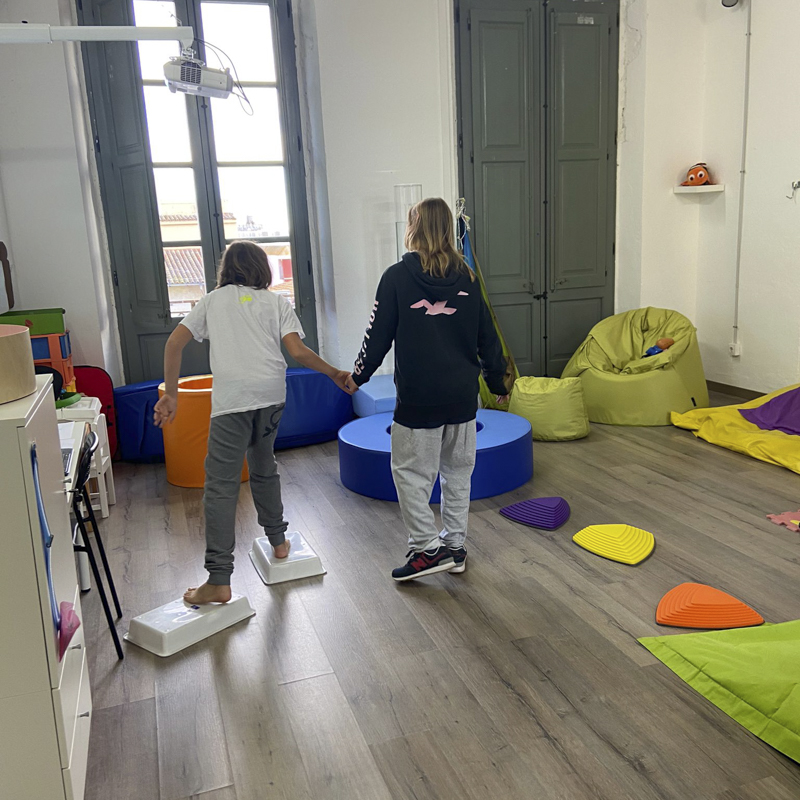
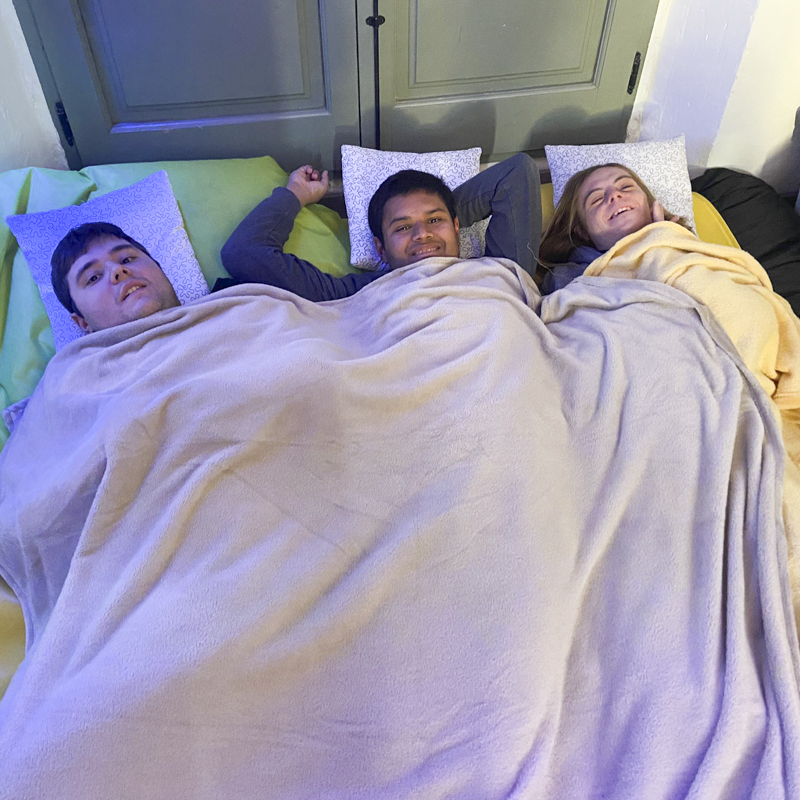

Children and adults who may benefit from the sensory integration service.
- Children who have been through an adoption process and have experienced sensory disruption or lack of stimulation in the first few months of life.
- People with visual impairments who have difficulties with sensory modulation due to a lack of sensory experience of their environment.
- High-risk premature babies, who are born with significant neurological immaturity and are unable to properly process sensory information from their environment.
- People with a general developmental or genetic disorder. For example, it is one of the possible symptoms of autism spectrum disorders. Current literature suggests a significantly high prevalence of between 69% and 80% (Costa and Lampreia, 2012).
- People with Down syndrome, Fragile X syndrome and ADHD.
- People with a neurological disorder where the brain does not function properly due to injury, such as cerebral palsy or brain damage.
How does sensory impairment affect the person?
If the sensory information is not properly registered and modulated, it can cause difficulties in the person’s participation in activities such as: personal hygiene, dressing, eating, playing, etc. These difficulties translate into learning difficulties, behavioural changes, insecurity, emotional difficulties, attention and concentration difficulties, difficulties in development and autonomy, limited body awareness, among others.
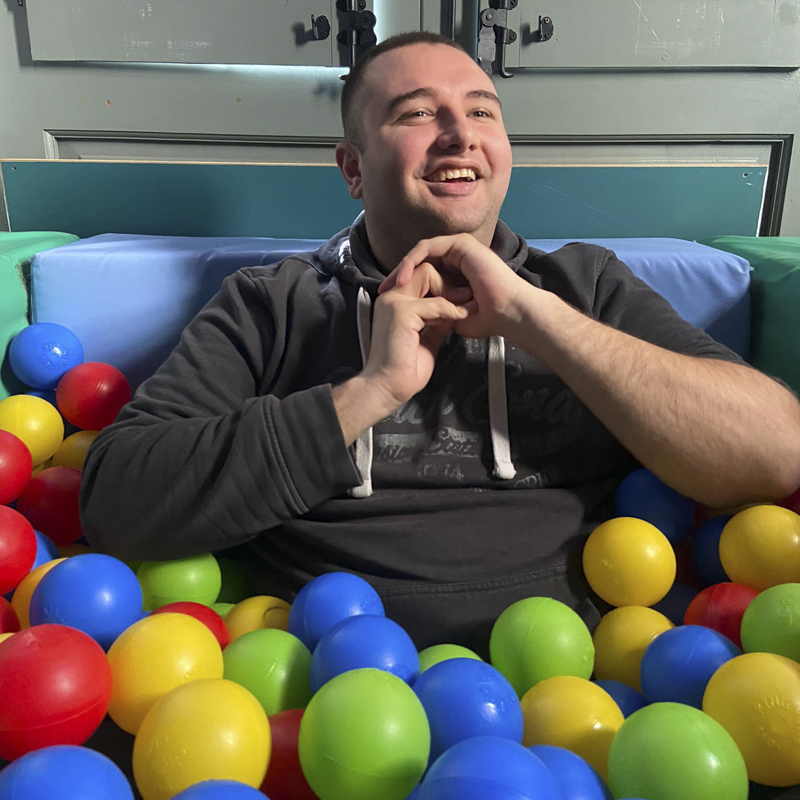

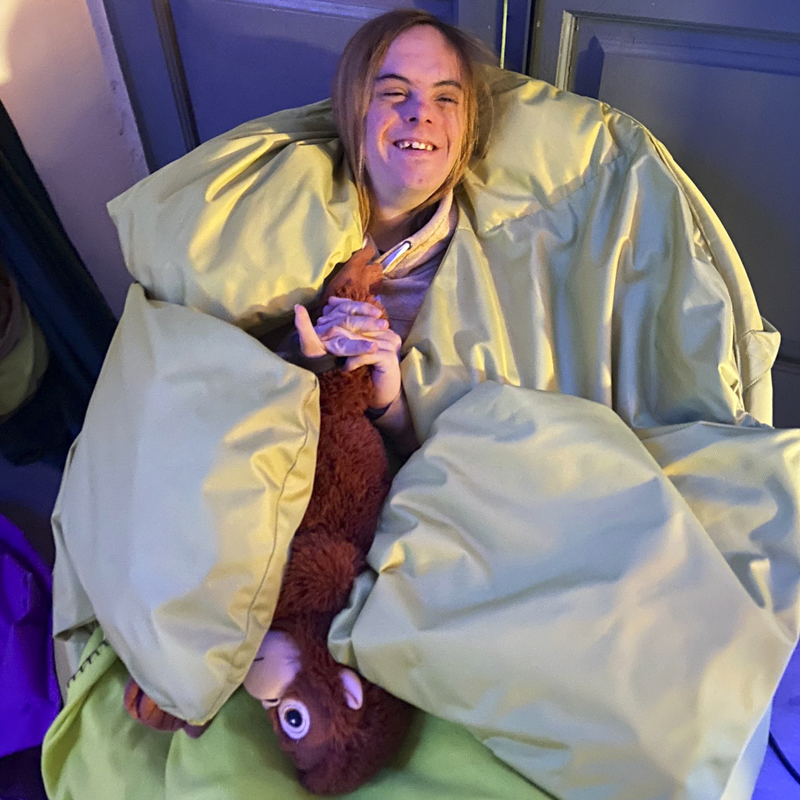
Here is a list of some of the reasons families give when seeking an assessment from an occupational therapist in relation to sensory integration dysfunction.
My son or daughter…
- Cannot pay attention at school, seems distracted.
- Has a lot of difficulty with fine motor skills, seems to lack control in their hands.
- We are concerned about their language development; they know what they want but do not express it verbally.
- Has frequent tantrums, especially at mealtimes, and eats very little.
- Gets frightened by unexpected noises.
- Seems insensitive to danger and doesn’t pay attention in the street.
- Seems clumsy, as if their body is floppy, and prefers to be close to the ground.
- Cannot tolerate activities such as having their hair cut or having their nails trimmed; perceives this as an act of aggression. Also reacts strongly to getting dirty.
- Is constantly on the move, climbs on furniture and seems to need constant exercise.
- Does not like to go to the park or do any activity that involves lifting their feet off the ground.
What is done in a sensory integration session?
The sensory integration approach focuses mainly on working with the three basic sensory systems: vestibular, proprioceptive and tactile. Visual and auditory information is also considered.
Interventions vary according to the type of sensory processing disorder and the characteristics of the person (such as age, environment or other difficulties that may affect participation in the person’s occupational areas).
Activities are offered to children, young people or adults to encourage the development of new skills that will benefit their daily lives. The service is provided by an occupational therapist specialising in sensory integration.
The sensory integration room has specific equipment such as: supported equipment (hammocks, swings, etc.), giant vibrating cushions, gymnastic trells, ball pool, large therapy balls, vestibular spinning top, multi-sensory bubble tube, light-optic fibres, material with different textures, material to make a circuit.
Once the person’s sensory processing difficulties have been identified, the occupational therapist draws up a treatment plan with specific goals to guide and facilitate appropriate sensory input and generate an appropriate response. For a session to be effective, the person’s abilities, motivations and difficulties are always taken into account, as well as their needs and those of their family.
Therapy is always individualised, with activities prepared in advance according to the person’s work plan.

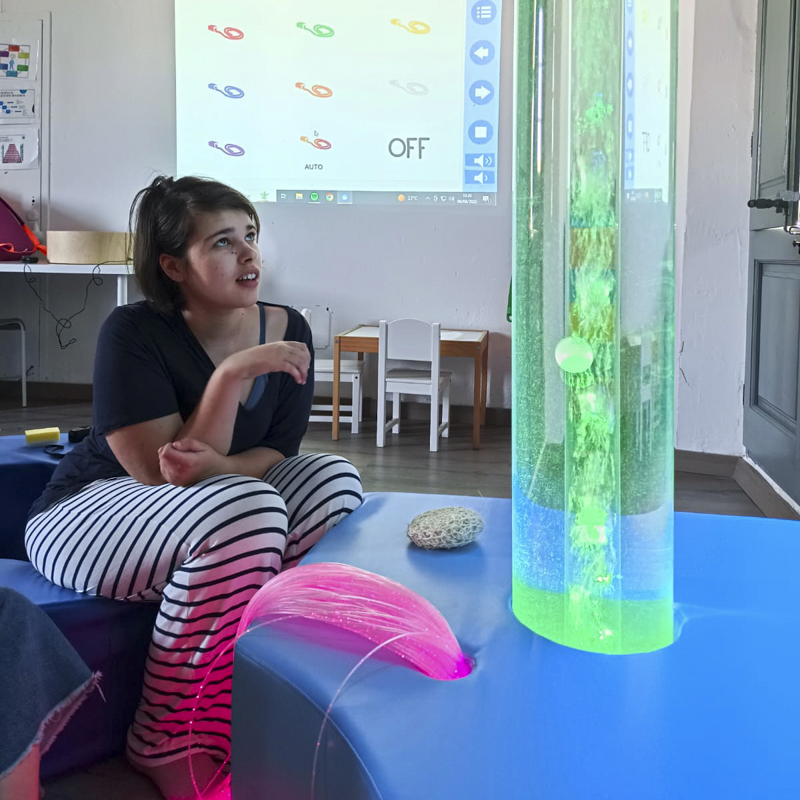
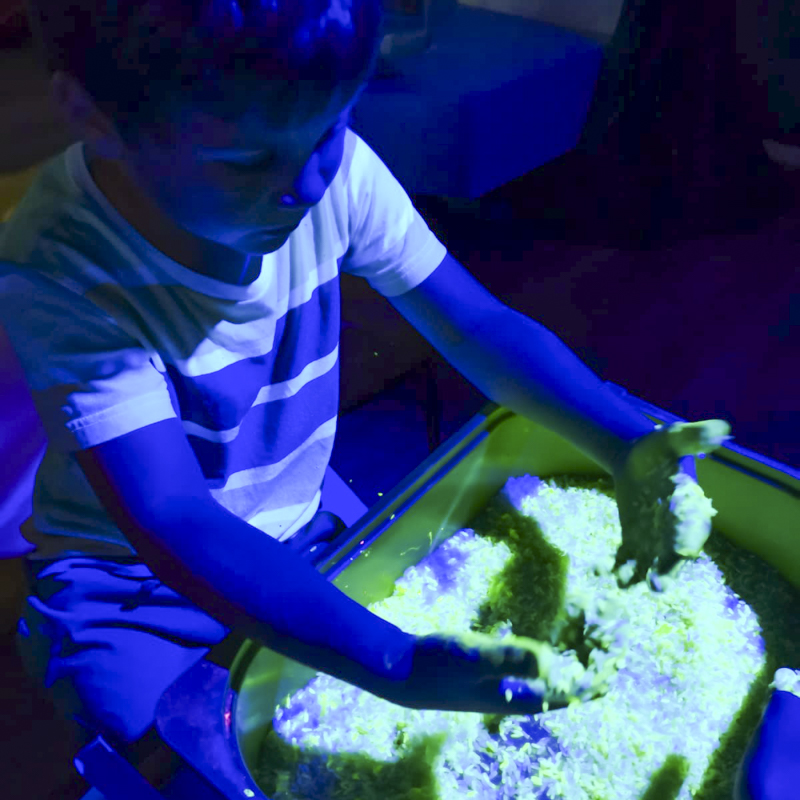
Benefits of sensory integration therapy
- Improves attention.
- Improves social communication.
- Provides the necessary stimuli to promote self-regulation.
- Promotes the acquisition of sensory balance.
- Promotes participation in activities of daily living.
- Improves autonomy.
- Provides the person with self-regulation strategies.
- It helps to understand the person’s behaviour in specific situations and thus to anticipate and facilitate their well-being.
- Above all, it improves the quality of life of the person and their family.
If you would like more information about this service, please write to us at: integració[email protected]
or call us on: 931 808 926.
Services
These are the services we offer Fundació Junts Autisme to
accompany and support people with autism and their families.

